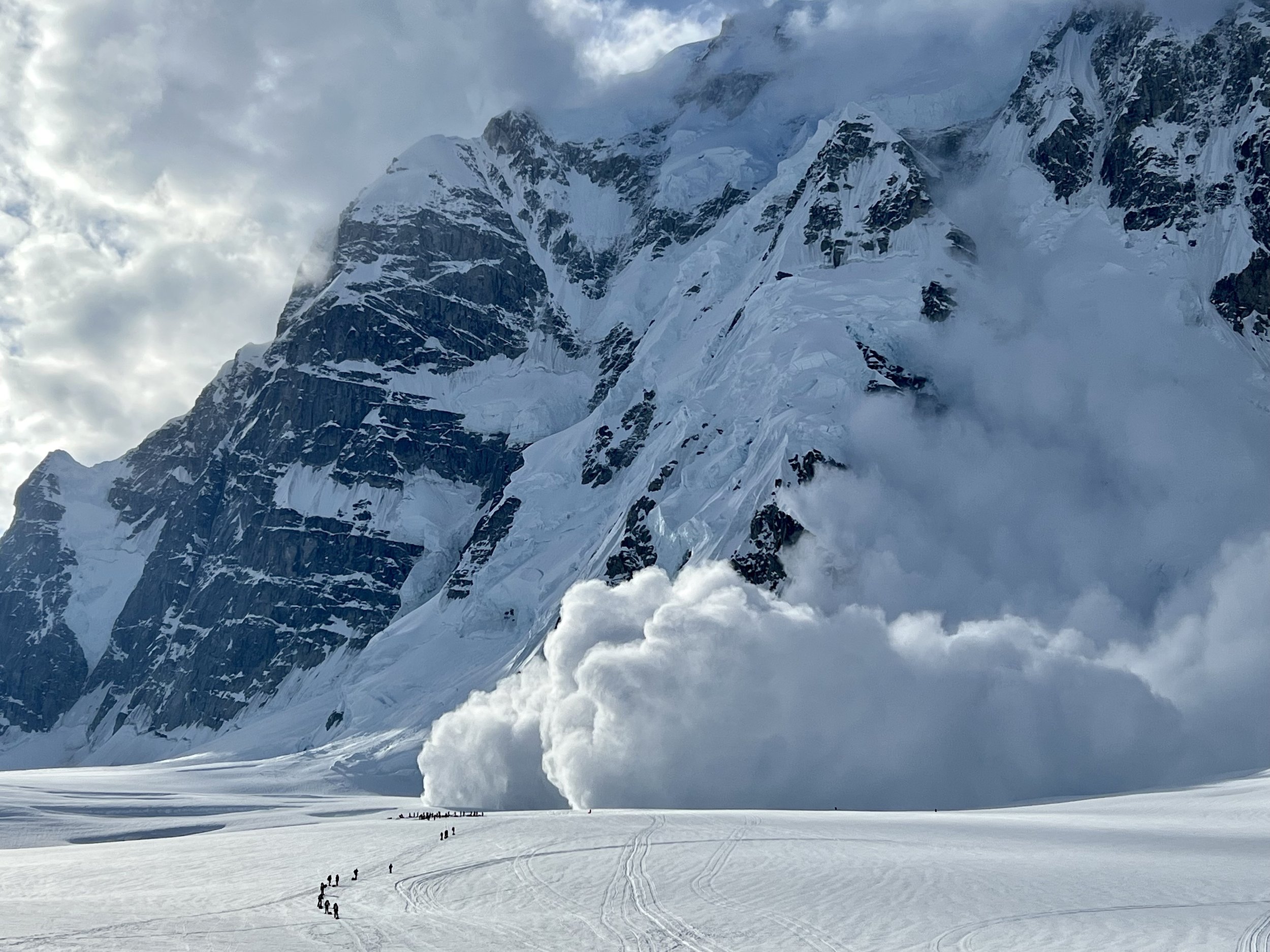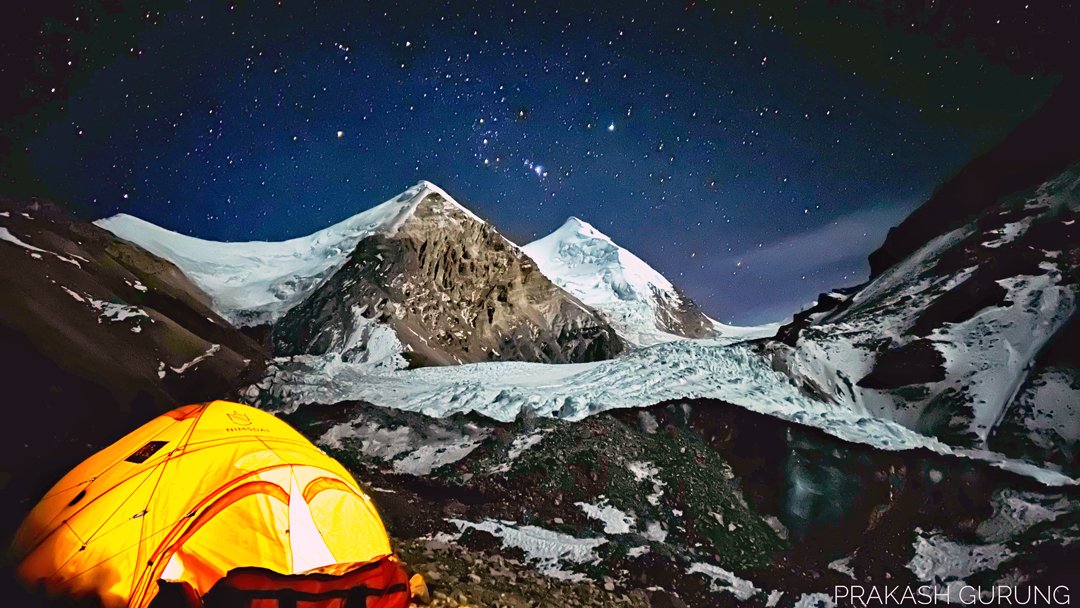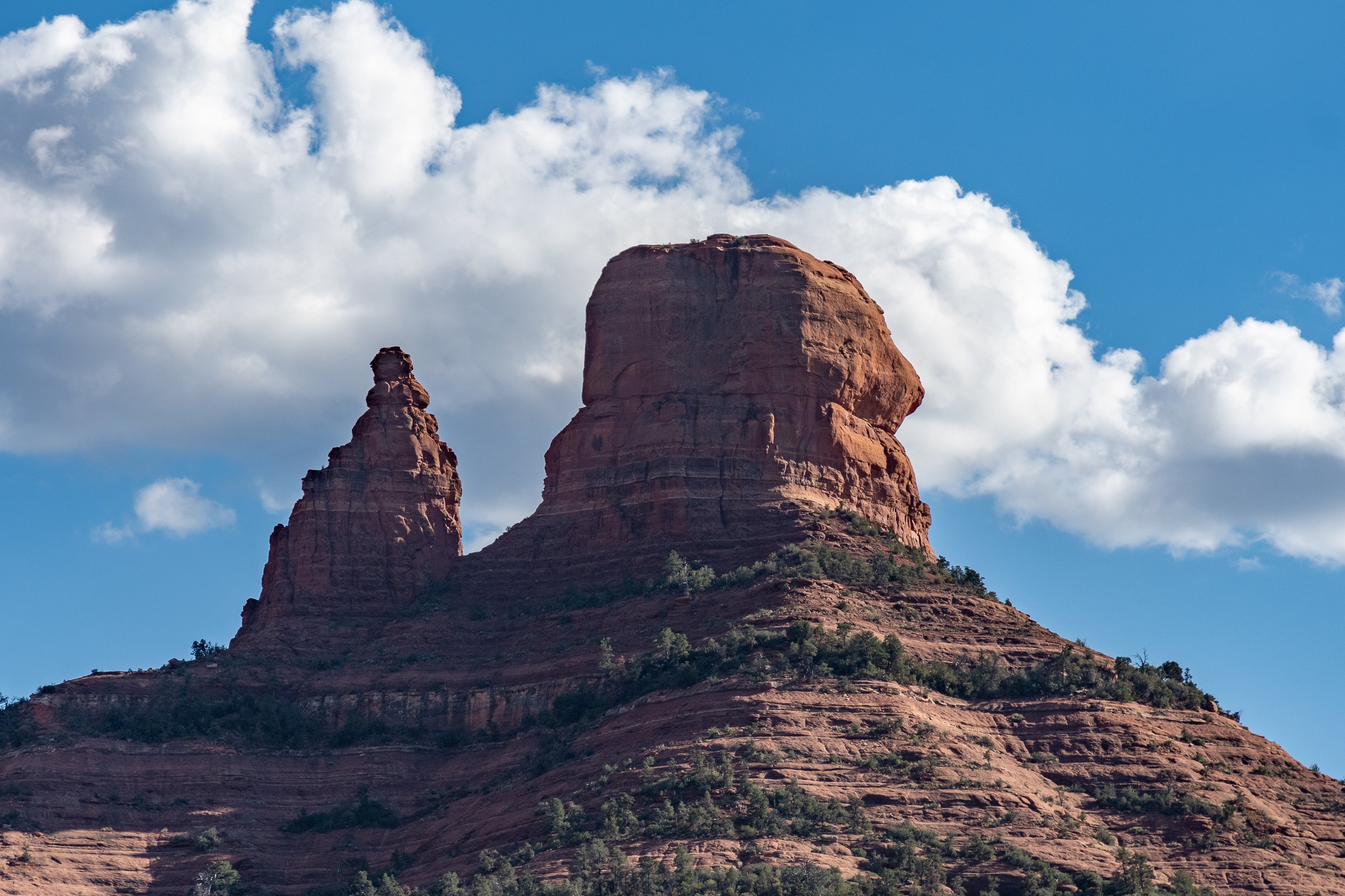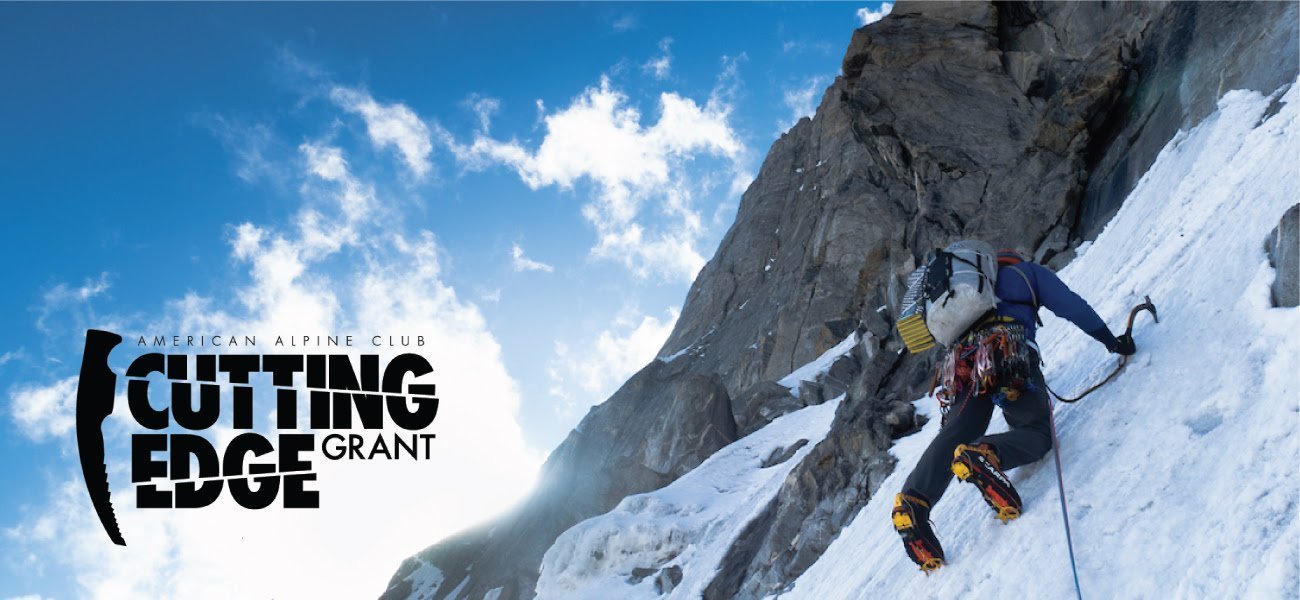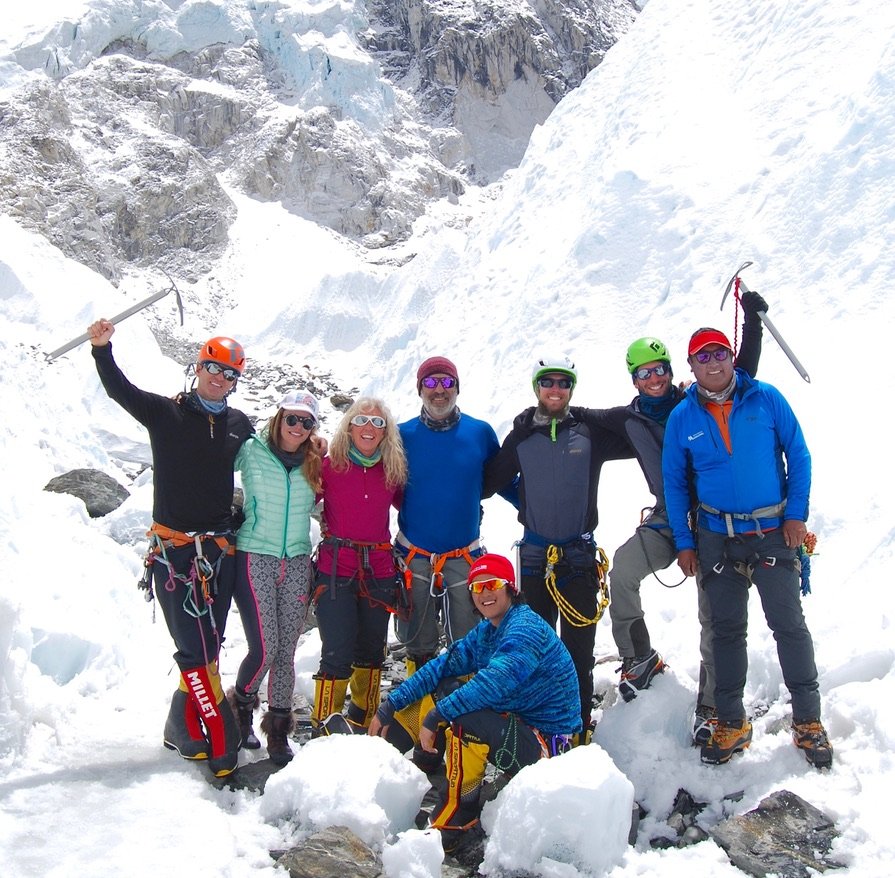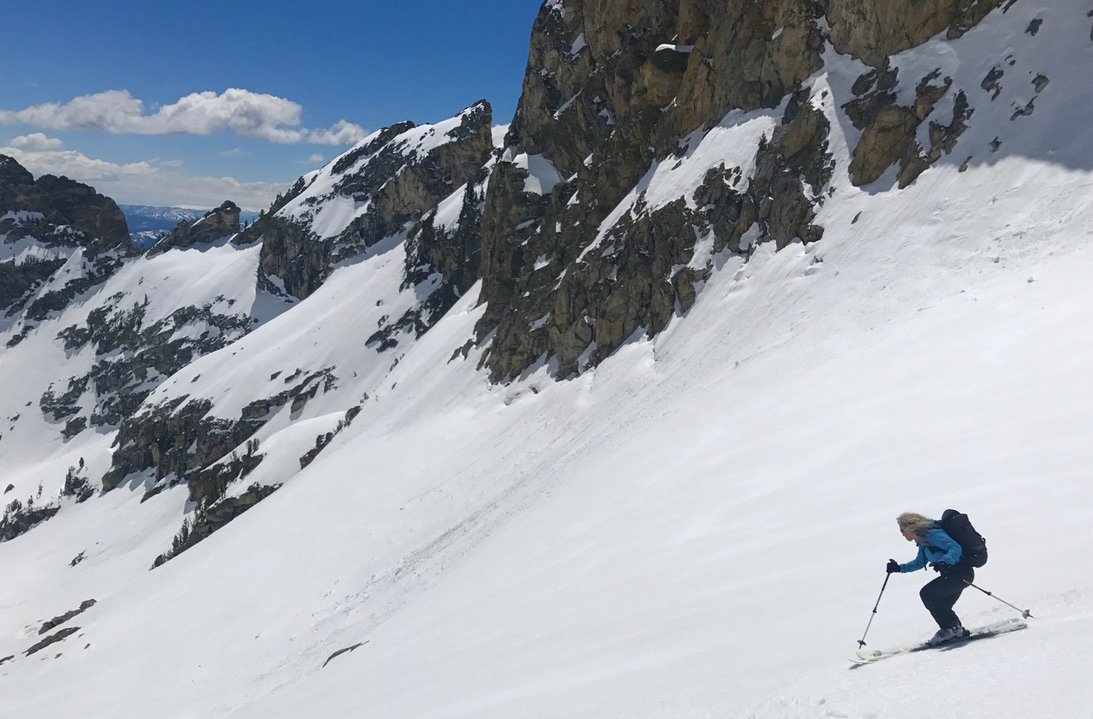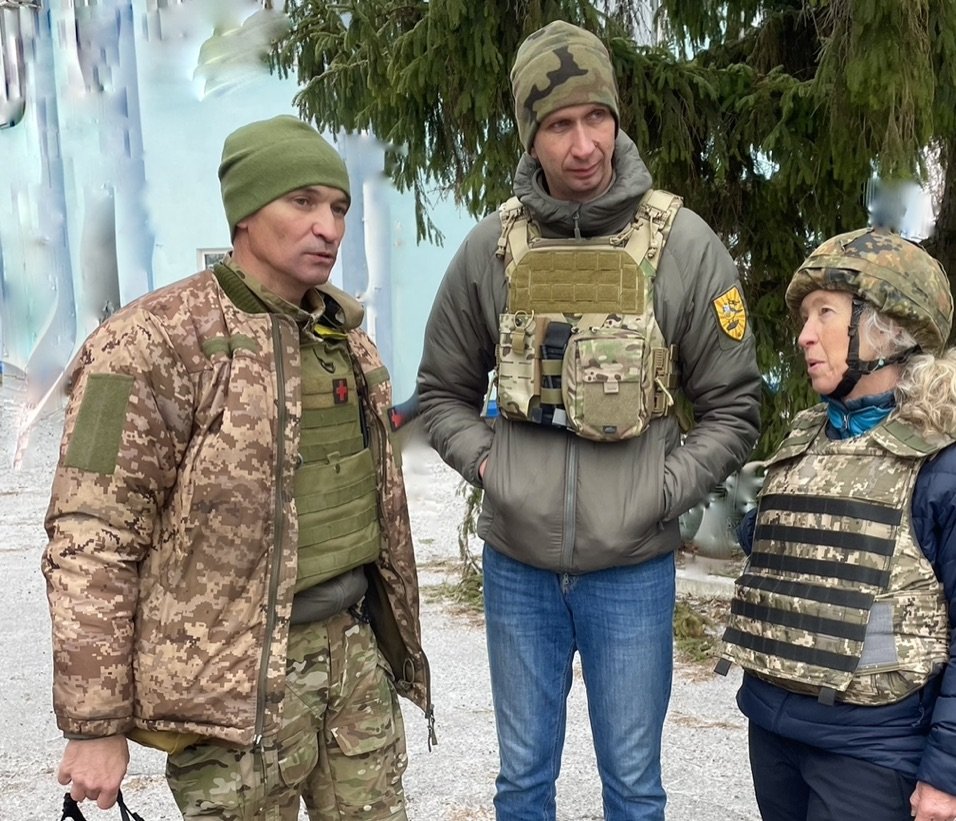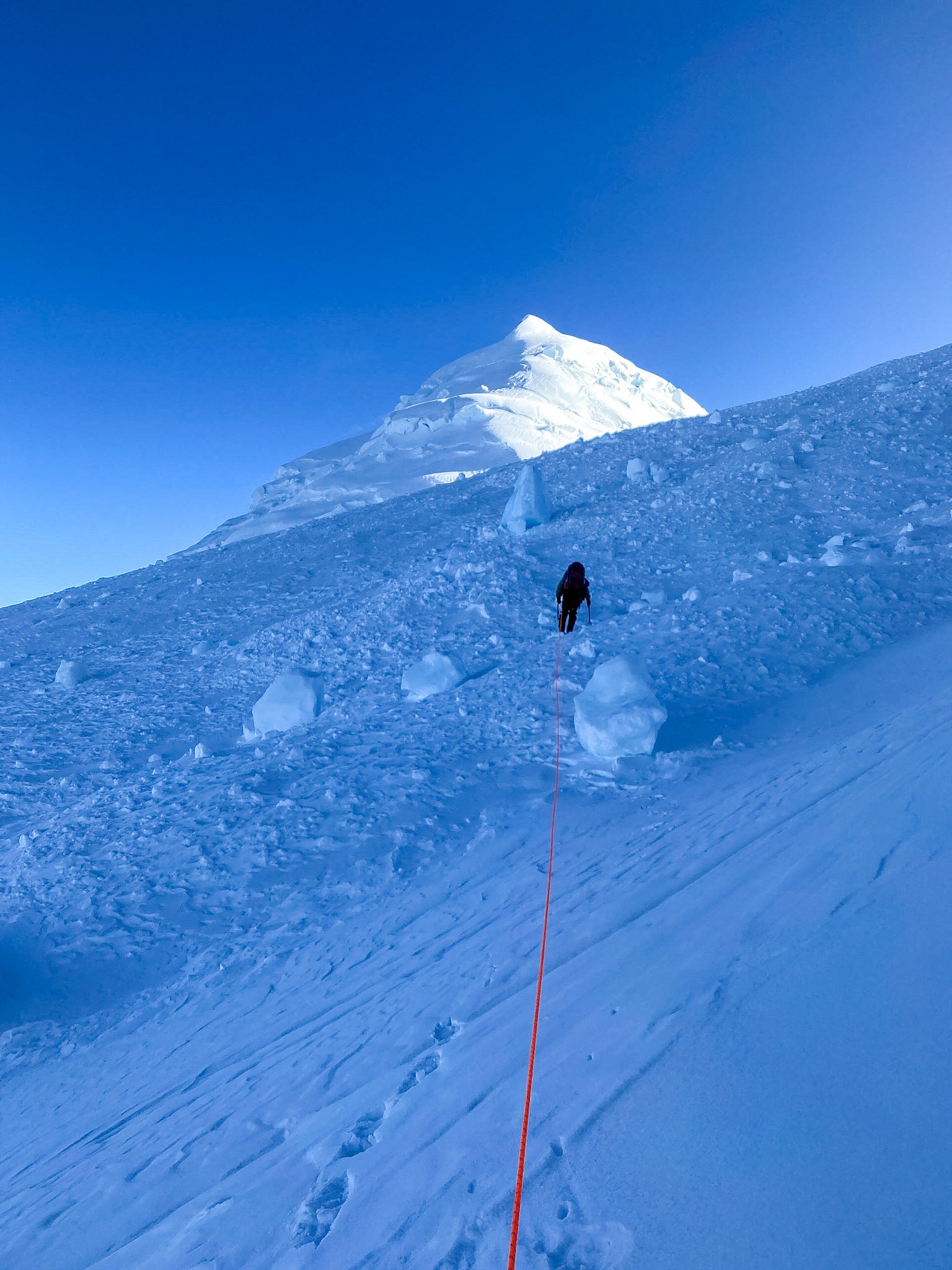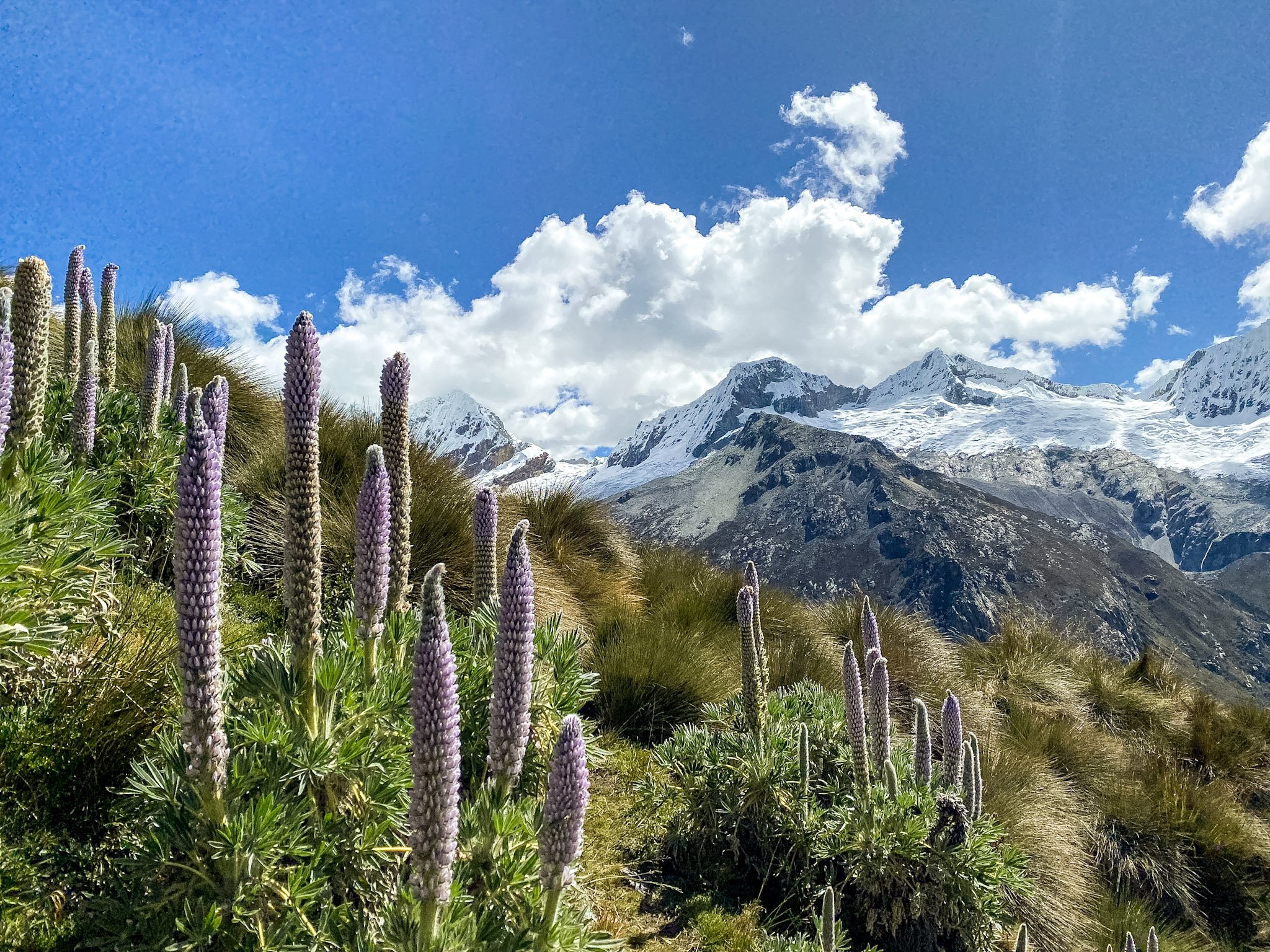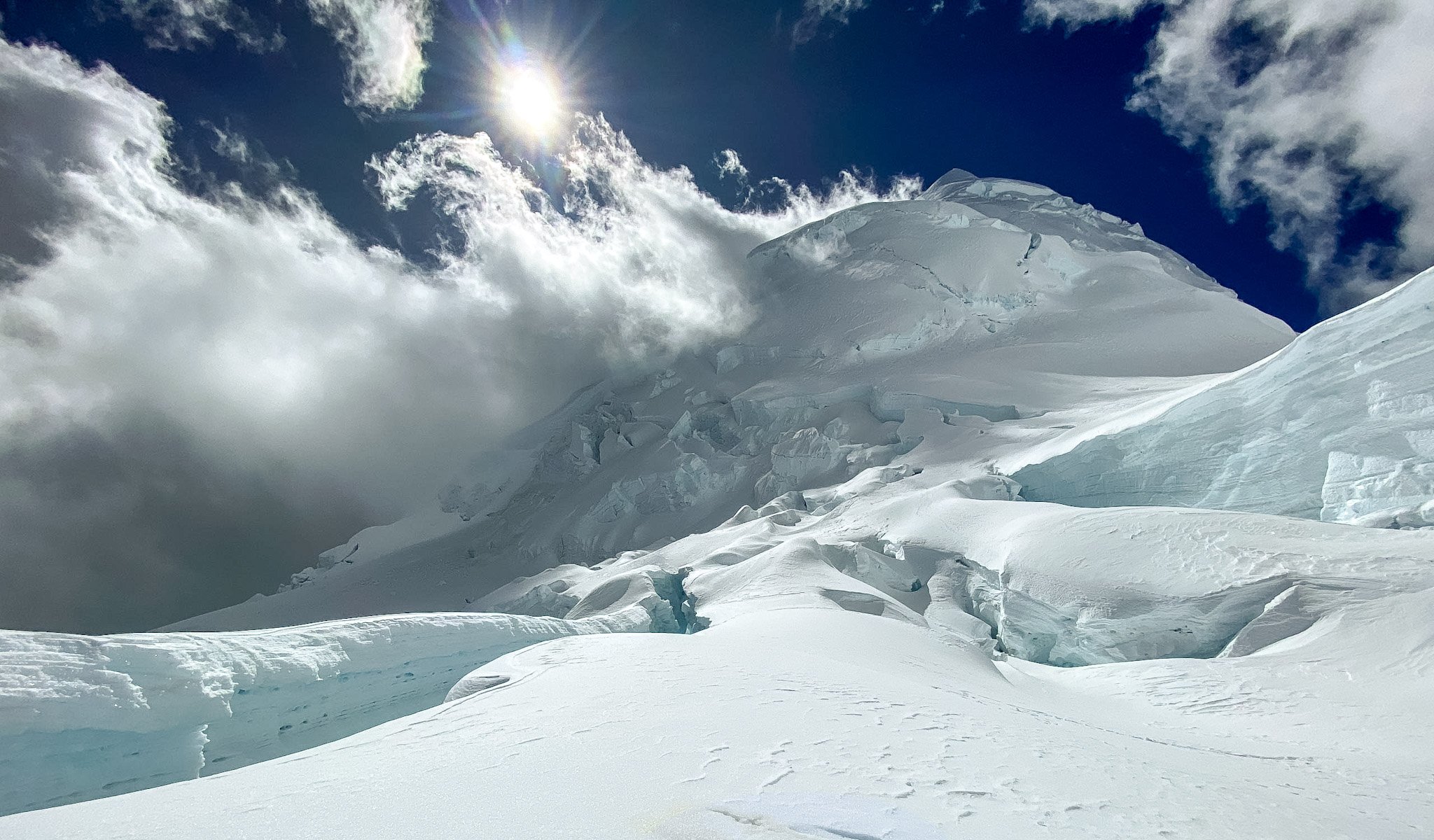Provided by Holley Atkinson.
Climbing is a powerful force that connects us. Even when climbing takes a backseat in our lives, we are still connected to the people we have partnered with, the places we have climbed, and the impact we have had.
Today, we celebrate the 100th birthday of one of our members, Bill Atkinson. Bill started climbing in the Shawangunks in the late 50's and joined the American Alpine Club in 1978. He was the New England Section Chair and was awarded the Angelo Heilprin Citation Award in 2006 for exemplary service to the Club. He is one of our oldest members and has been a member of the American Alpine Club for 47 years.
Happiest centennial to you, Bill!
Below, you'll find reflections from climbers celebrating Bill's incredible impact and character:
PC: Chris Vultaggio
Bill, your presence in our climbing world has been productive and prolific—and your life has been the same! Your postings have always been inspiring. Thanks for doing all of those. Some segments should be required before being granted membership in the AAC!
We never climbed together – except at the Annual AAC New England Section and some Annual Dinners. That is to say, climbing up to the bar. I'm fifteen years younger, so you were out there ahead of me. But I have you beat on one score! I climbed Mt. Sir Donald via the same route you took, but back in 1962. I was also in the Bugaboos that summer.
You'll be getting a lot of these postings, so I'll keep this short. Thanks again for all you've done for our world. Happy Century! Hang around for another 15 so you can help me celebrate mine.
–Jed Williamson
Happy Birthday, Bill,
You are one very special person, a thoughtful, helpful climber with such an important history of climbing in New England. I respect you and your contributions to the AAC and climbing. Hats off to you, young man. I salute you for your many contributions.
Thank you, and special wishes every day.
Happy Birthday,
Bruce Franks
Rick Merrit celebrates Bill's Birthday by remembering the times they connected through climbing…
Bill was a great section leader as I became more involved in the AAC. He worked hard to recruit and recognize new members through our section's formal dinners. I remember climbing with him on White Horse Ledge in North Conway when he was in his 80s. I also remember hiking with Bill and his friend Dee Molinar when the ABD was at Smith Rock.
Warm regards to Bill,
Rick Merritt
I mainly know Bill through the AAC, specifically the New England chapter, which Bill energetically chaired for many years. We all looked forward to the wonderful black tie annual dinners held in the old Tufts mansion in Weston, MA, that he so carefully organized.
I always enjoyed listening to Bill's extraordinary life experiences, like when he served as a radar navigator in a B52 in the Pacific during WWII, or marveling at his many fascinating inventions and creations, like the beautiful chess boards he crafted and, of course, his amazing climbing career. Bill remained extremely active as a climber long after most of his peers retired, and I remember he climbed the Black Dike when he was 80, I think! That may have been the oldest ascent ever!
I've always appreciated Bill's kind, soft-spoken character and the interest he always showed in others. Bill is a true Renaissance man, and I feel fortunate to know him.
Happy 100th birthday, Bill!
What a milestone!
–Mark Richey



